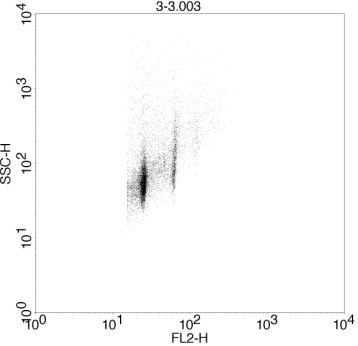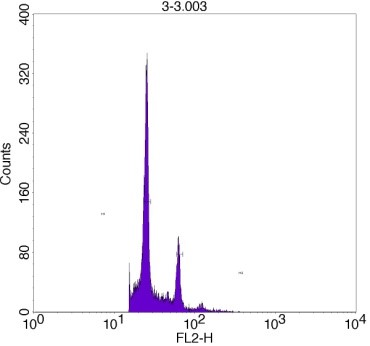 Description
Description
Coptis teeta is a shade-tolerant plant that grows at high altitudes, in cold mountainous and rainy regions such as the Gaoligong Mountain, northwestern Yunnan, China. As long ago as the Ming Dynasty, Lan Mao recorded in the Diannan Materia Medica that Coptidis rhizome grown in Yunnan, namely Yun huanglian, was more efficacious than that grown in Sichuan, China. Indeed, C. teeta is widely considered to produce the best quality Coptidis rhizome. Due to slow growth, it takes 6–7 years after sowing before products can be harvested. The slow growth is often affected by a variety of diseases and pests, such as anthracnose. The yield of C. teeta is very low, because the rhizome is small and it produces unusual ‘breeding branches’ that consume substantial nutrients. Furthermore, due to long-term over-harvesting and continuous habitat destruction, the wild population is on the verge of extinction, and the species is listed as a second-class endangered plant in China.

-
Family
Ranunculaceae
-
Genus
Coptis
-
Genome size(Gb)
0.93
-
Flow cytometry


